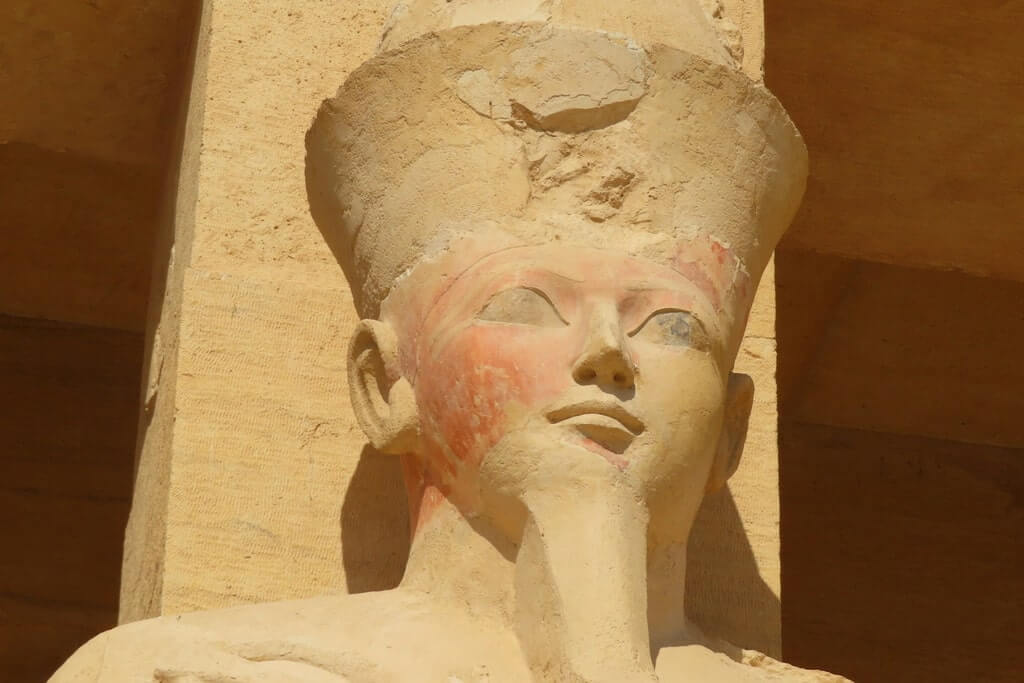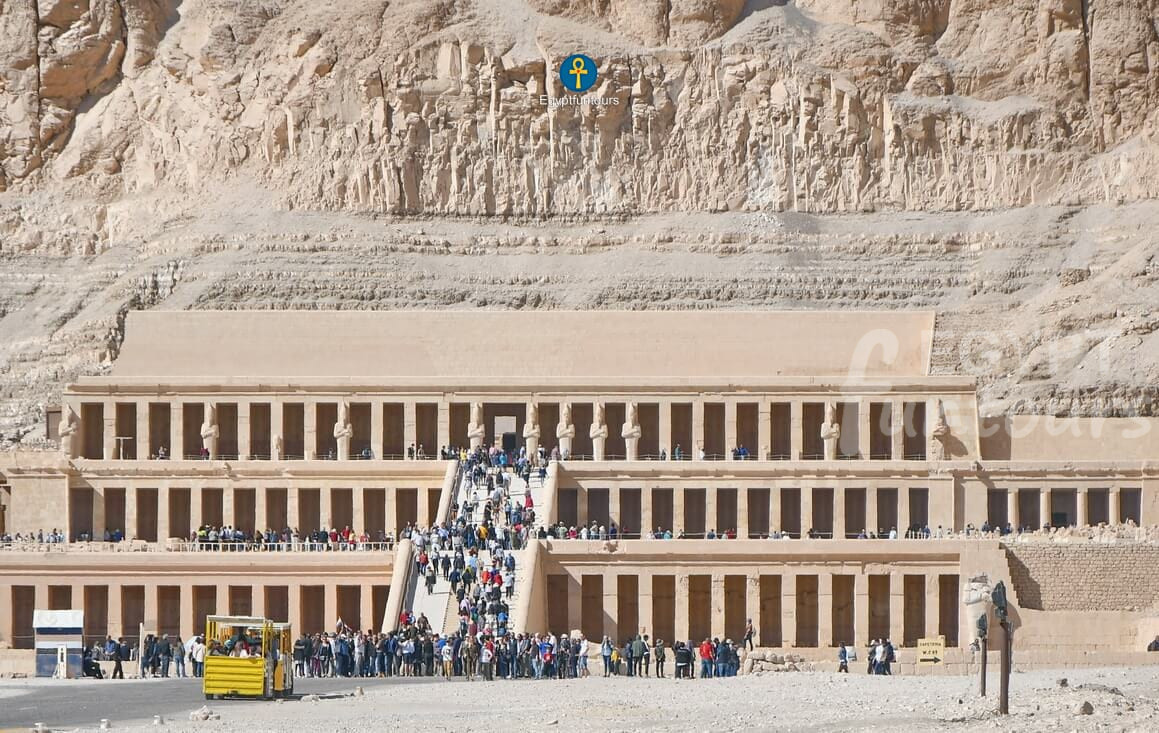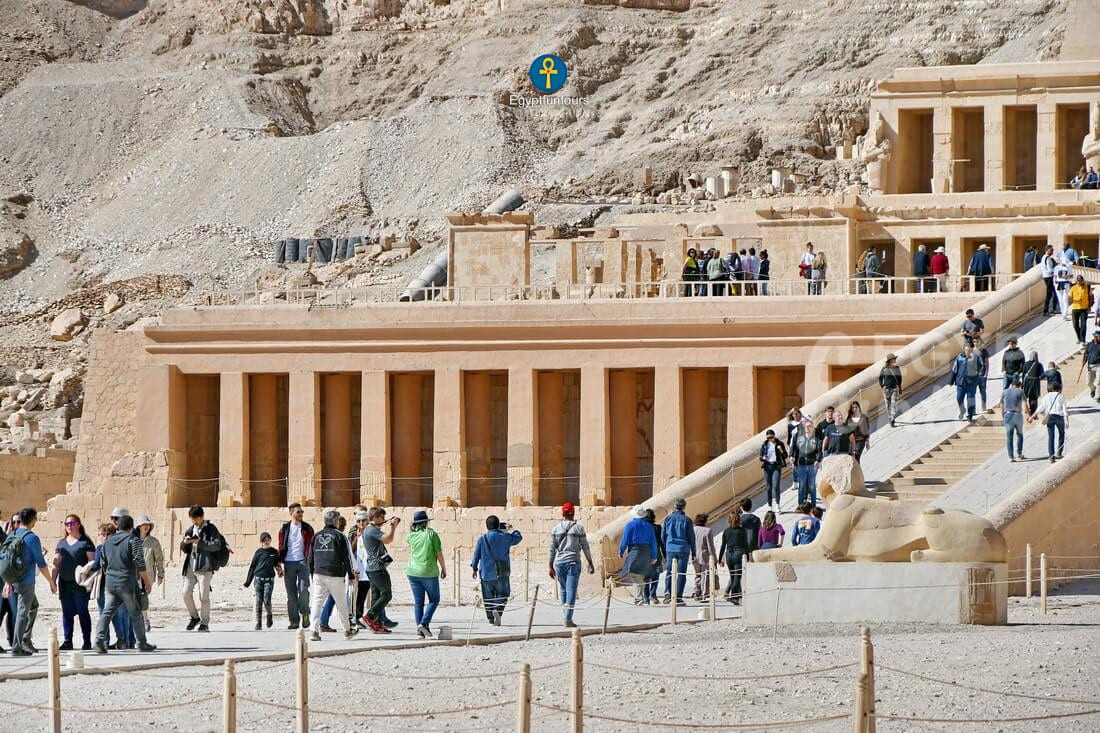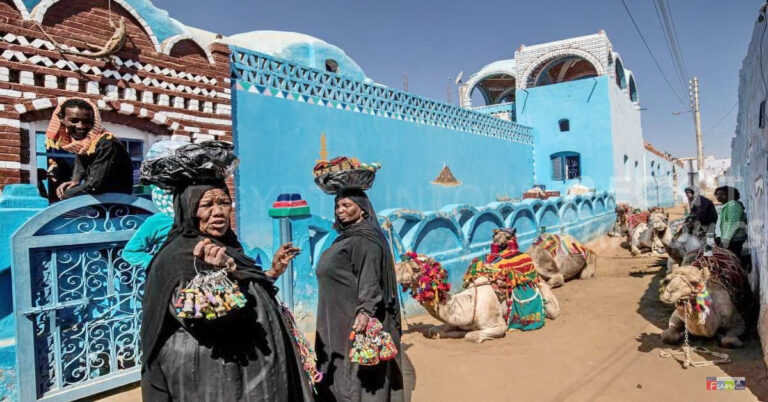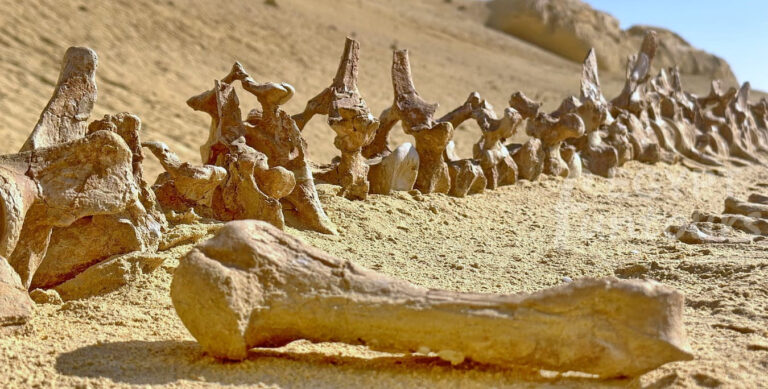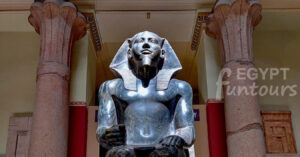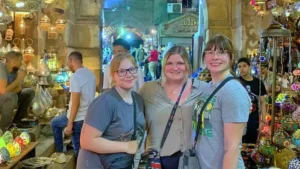Of all the monuments on Luxor’s West Bank, one stands alone in its breathtaking, modern beauty. This is the Mortuary Temple of Queen Hatshepsut, a stunning, three-tiered masterpiece of white limestone that looks as if it were built yesterday.
This is not a dark, hidden tomb. It is a vast, open-air temple, one of the most beautiful in the world, built by one of the most powerful and fascinating rulers in history. Its official name is Djeser-Djeseru, meaning “Holy of Holies,” and it stands in a stunning natural amphitheater in the cliffs of Deir el-Bahri (“The Northern Monastery”).
A visit here is an essential, awe-inspiring part of any Luxor tour.

